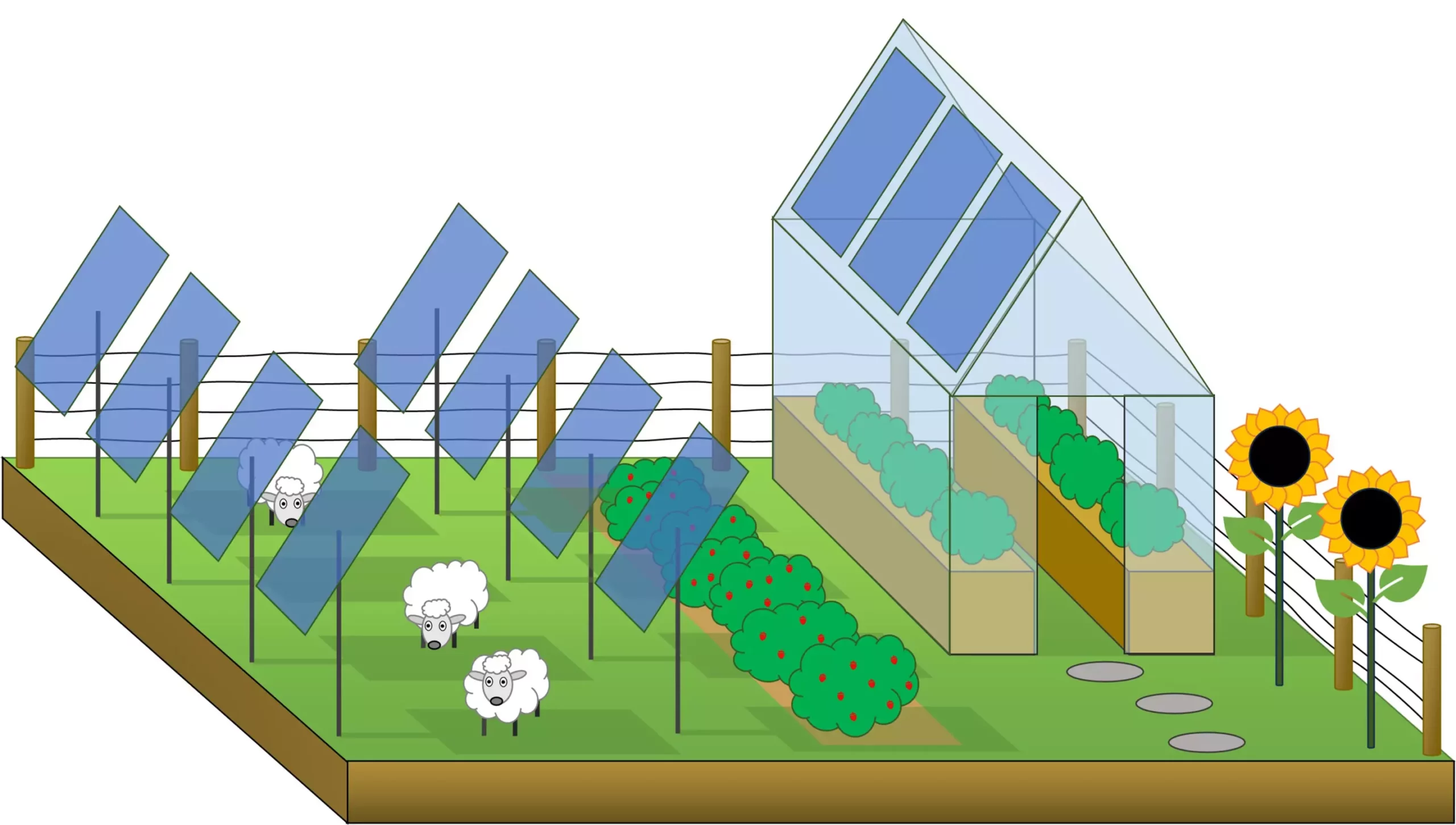Researchers at Swansea University have embarked on a pioneering journey to merge agricultural productivity with renewable energy through their groundbreaking work on semi-transparent photovoltaic (PV) materials. In their recent study, published in Solar RRL, the team from the Department of Physics has highlighted the potential of agrivoltaics, wherein solar panels are strategically placed to coexist with crop cultivation. This innovative approach not only promises to boost the efficiency of solar energy generation but also aims to advance sustainable farming practices, addressing the pressing global challenges of food security and climate change.
To facilitate the optimization of this harmonized approach, the Swansea team has developed a user-friendly software tool designed to assess the performance of various PV materials. This freeware application stands out by allowing users across the globe to evaluate light transmission, absorption, and power output characteristics based on geographical, physical, and electrical data points. Austin Kay, a Ph.D. candidate and the lead author of the research, has emphasized the versatility of this technology. He states, “Our tool enables us to analyze a wide array of PV materials, which is instrumental in balancing the dual demands of food production and renewable energy.” This innovation represents a significant leap in the agrivoltaics field, providing a methodology for effectively selecting materials conducive to both agriculture and solar power generation.
Integral to the success of agrivoltaics is the selection of PV materials that appropriately manage light absorption across different wavelengths. The parameters influencing this selection include the bandgap—the energy difference that dictates which wavelengths of light can be absorbed. Materials with a wider bandgap are adept at capturing shorter wavelengths (blue light), while those with a narrower bandgap absorb longer wavelengths (red light). By deliberately tuning the properties of semi-transparent PV panels, researchers can control the spectrum of light available to plants, emphasizing the red and blue wavelengths essential for photosynthesis, while allowing green light to be reflected. Thus, a well-designed PV system can enhance crop growth while simultaneously generating clean electricity.
The integration of PV systems into agricultural settings can take various forms. For instance, solar panels can be installed atop greenhouses, allowing for natural light to penetrate while producing solar energy. Furthermore, these installations can provide necessary shading for livestock, contributing to animal welfare and reducing temperature stress. The mutual benefits extend to operational costs; for example, animals such as sheep may help manage vegetation growth around the solar panels, reducing maintenance fees. However, careful livestock selection is vital, as some animals, like goats, pose risks of physical damage to the PV equipment.
The outcomes of these innovative findings hold enormous implications for the future of both energy and food production. By maximizing the efficiency of agrivoltaics, we could significantly reduce carbon emissions associated with farming while ensuring a steady and sustainable food supply. As Associate Professor Ardalan Armin highlights, the potential of agrivoltaics lies in its dual capability to enhance food security while supporting the transition to renewable energy solutions. As we face mounting pressure from climate change and population growth, exploring such synergistic methods will be vital for a sustainable and productive future.

